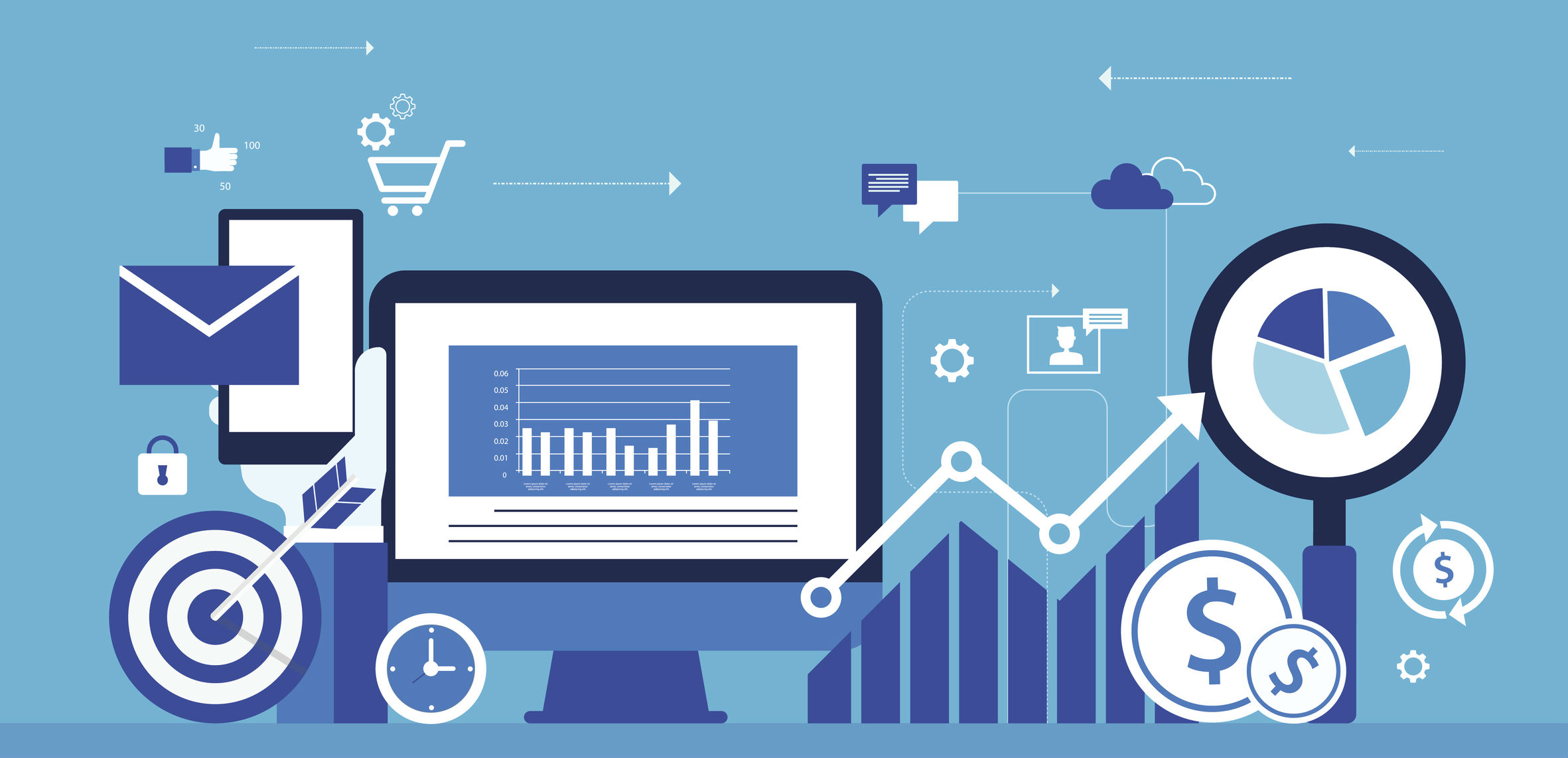The truth about purchased lists


Purchased lists: as email marketers, we all know we shouldn’t use them. But when you’re under pressure to get results, it can sometimes seem like a quick solution. You might have heard that a competitor got incredible results from buying X list, or perhaps your boss has used them before and wants to see a beefed-up database to maximise holiday revenue.
The truth is this: it makes no logical sense for marketers to take an interest in purchased lists. Aside from the legal implications on the horizon, there can be no benefit to stunting your highest performing channel with data that doesn’t convert.
Not convinced? Here’s 6 reasons to avoid bought data now and forever:
Bought data is cold
Recipients who’ve chosen to receive your marketing emails have shown an active and recent interest in your brand; they’re warm and ready for your team to work on them. Bought data’s a different story. The prospects are unengaged, and there’s often no way of telling how old it is; it’s cold data. Unengaged contacts take longer to warm and even longer to convert, putting greater pressure on your team while incurring greater cost to your business. There’s very little chance of achieving the ROI that you’re after.
Bought data is a drain on your resources
The costs associated with cold, bought data are manifold. Get charged per contact by your ESP? That’s money down the drain for every unengaged contact you’ve acquired. And the more cluttered your list gets, the less efficient you’ll find your strategy becomes. On a pay-per-email contract? The same applies. Every cold email address is a detriment to your ROI.
Purchasing lists cripples your email marketing
So you’ve invested your hard-earned budget into a top email marketing platform, you’ve taken the time to train up your team, and your emails are looking better than ever. You’re ready to hit send on a huge campaign and watch the returns rack up. But you bought your email list for this campaign and – unknown to you or the seller – some of those emails are spam traps.
A spam trap is a fraud management tool used by the big ISPs to catch out malicious senders and marketers with poor data hygiene and acquisition practices. Bought data lists are peppered with traps. How do they get there? Check out this comprehensive guide from Laura Atkins for Word to the Wise.
The spam trap has no way of telling whether you’re a bad guy or an unsuspecting marketer, so you’ll be treated the same way as a spammer. Your sender reputation will start to deteriorate with every send and some of your best customers’ mail servers will block your emails from reaching them, causing those relationships to depreciate. You’re single-handedly shooting your ROI in the metaphorical foot ☹
Bought data skews your reporting
If your contact list is riddled with cold or false data, it’s impossible to get an accurate measure of your email marketing’s performance; every campaign report you collect will be distorted by the non-opens, bounces and poor engagement rates associated with these addresses. This means that one of the most important features you’ve gained access to by investing in an ESP won’t work properly.
Purchased lists are a legal minefield
There’s no two ways about this point. Sending to bought data means you’re contacting people who haven’t opted in to receive your messages. In many jurisdictions, this is illegal practice – not to mention a poor introduction to your brand. And no one wants to be on the wrong side of the law when the new General Data Protection Regulation (GDPR) comes into force on 25th May 2018. Check out this blog post from dotmailer’s Chief Privacy Officer, James Koons, for a deeper dive into the legal implications of using purchased lists.
You could impair your marketing stack
The majority of ESPs are unable to provide a service to businesses that use purchased lists, in order to protect their customers – and themselves – from poor deliverability scores. A marketing team looking to graduate to a more empowering and scalable automation solution will struggle to get the best fit for their business, purely because top providers are unable to accommodate their bought data. And at the other end of the scale, an ESP without a robust anti-spam policy isn’t a clever investment of your time or resource.
At dotmailer, our Terms & Conditions prohibit the use of purchased lists, because we know that’s how you’ll get the best out of your strategy. And because we’re only interested in empowering marketers (and not punishing them), we work hard to ensure that you always have access to the most cutting-edge list growth and nurture tactics, along with the latest in sending best practice. Check out this whitepaper on list acquisition, or download our comprehensive guide to Deliverability.


